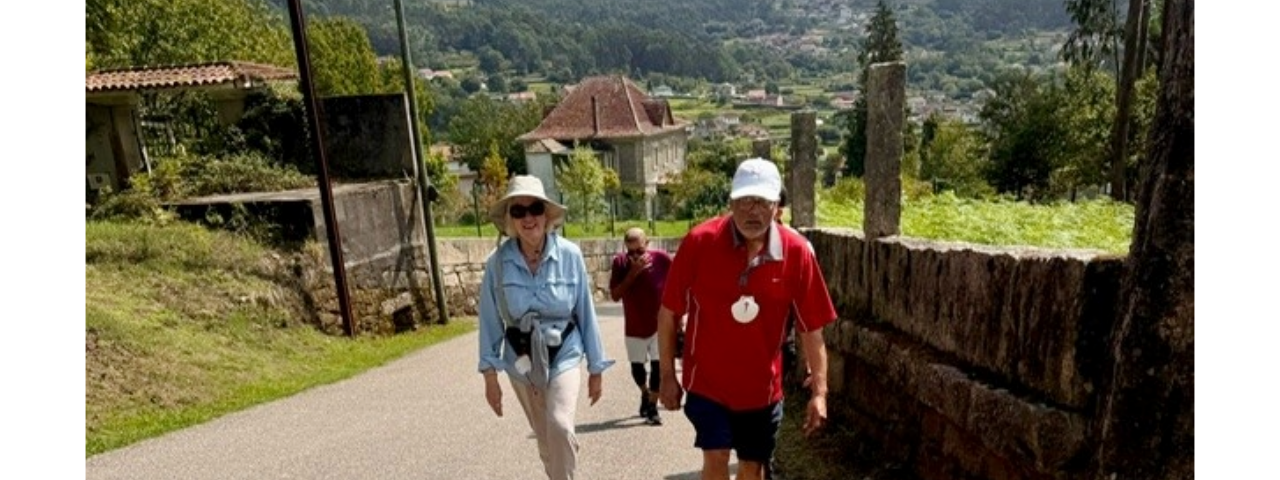Body
In a state-of-the-art facility in downtown Chicago, the next generation of bionic prosthetics is being developed at the Shirley Ryan AbilityLab.
Terry Karpowicz, who lost his leg in a motorcycle accident 40 years ago, has been working with a team of engineers and clinicians to help develop a new bionic leg. He’s excited about what it could do for him.
“I’m a sculptor so I need my hands and having a leg to allow my hands to be free is ... everything,” said Karpowicz. “Having a motorized leg allowing me to move my hands – and being ambulatory is everything.”
He says that compared to previous prosthetics he’s used, which were not motorized, the bionic limb he is testing allows him to walk with a natural gait and even climb stairs.
Body
Body
“This is probably 50% better because it allows me to save energy,” said Karpowicz. “It helps me move as opposed to me initiating the muscle movement to pull it along. So I would say this would save me hours of time.”
Levi Hargrove is the director of the AbilityLab’s center for bionic medicine and is focused on coming up with better ways to control bionic legs and arms.
One of the unique things about the leg that Karpowicz is helping test and evaluate is that its makers have made the design open source – meaning that other researchers can copy the design and work to improve it.
Mentioned Profile

Levi Hargrove, PhD
Scientific Chair, The Regenstein Foundation Center for Bionic Medicine Director, Neural Engineering for Prosthetics and Orthotics LabBody
Hargrove said the latest iteration of the team’s bionic leg has a few unique design features.
“First off it is reconfigurable, so we can change the alignment or the position of the knee with respect to the ankle. It also has very powerful motors – they actually come from the drone industry – you think of the little helicopters that are remote control and fly around … we’ve been able to harvest some of that technology. Design some sophisticated control strategies to allow Terry to walk. So what we’re really working on is making it smooth, intuitive and seamless so that when Terry takes a step, whether he’s walking on level ground or going up and down slopes or stairs it will respond to his intentions.”
To make that possible, the leg has 64 sensors that measure all aspects of its movement.
“So each step it is deciding – when the foot comes off the ground – what we think Terry might want to do and when the foot hits the ground what Terry will want to do, and then it will program in the appropriate behaviors so Terry can walk on the device,” said Hargrove.
Artificial intelligence and machine learning allow the device to learn Karpowicz’s walking patterns and intentions and improve over time.

